How to propagate Tulip Poplar from seed?
16 years ago
Related Stories
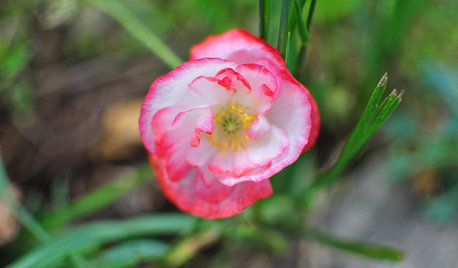
GARDENING GUIDESMid-Atlantic Gardener: What to Do in June
Abundant sun is yielding bountiful blooms in the garden this month, but don't forget to watch for pests, package some seeds and plan ahead
Full Story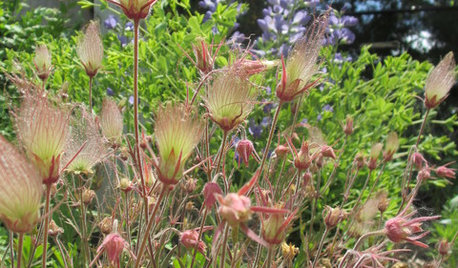
GARDENING GUIDESGreat Design Plant: Geum Triflorum
Nodding red blooms, glittery effervescent seed heads and a tough-as-nails constitution make prairie smoke a winning ground cover
Full Story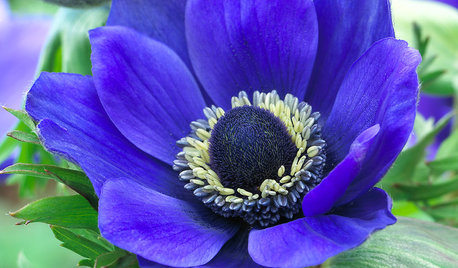
FALL GARDENING6 Splendid Blue-Flowering Bulbs
How do you blue? With colors from sky to cobalt, these bulbs will greet you merrily in a spring garden
Full Story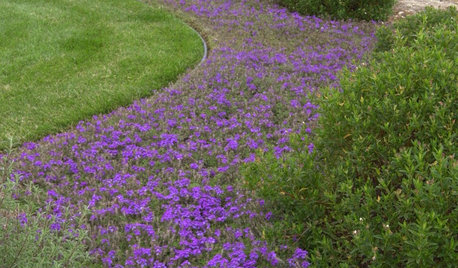
GARDENING GUIDESBathe Your Garden in a River of Color
Flowing curves made of ground covers, herbs and grasses to resemble a riverbed give landscapes movement and grace
Full Story
SAVING WATERHouzz Call: Are You Letting Go of Your Lawn?
Many facing a drought are swapping turf for less thirsty plantings. If you’re one of them, we’d like to hear about it
Full Story
GARDENING GUIDESGreat Garden Combo: 3 Wonderful Plants for a Deer-Resistant Screen
Protect your privacy and keep deer at bay with a planting trio that turns a problem garden area into a highlight
Full Story
GARDENING GUIDESGreat Design Plant: Fan Aloe
Fanning leaves offer a striking rosette alternative, but this plant has all the benefits of regular succulents and more
Full Story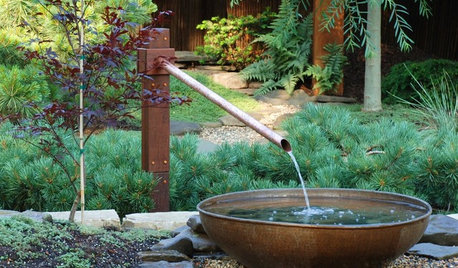
LANDSCAPE DESIGNBeautiful Noise: How to Create a Symphony in Your Garden
Take your surroundings to another level by introducing the element of sound with ground covers, water features and wind catchers
Full Story
LIFEMorning Nook Tips for Sleepyheads to Get-Up-and-Goers
Whether you whack the snooze button or spring out of bed, these ideas can help you create a refreshing space that helps you on your way
Full Story
EDIBLE GARDENSNatural Ways to Get Rid of Weeds in Your Garden
Use these techniques to help prevent the spread of weeds and to learn about your soil
Full Story










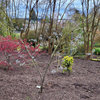

jqpublic
klavier
Related Professionals
Reading Landscape Architects & Landscape Designers · Brentwood Landscape Contractors · Fairfield Landscape Contractors · Mastic Beach Landscape Contractors · Medford Landscape Contractors · Mount Sinai Landscape Contractors · North Canton Landscape Contractors · Oxon Hill Landscape Contractors · Laurel Siding & Exteriors · Marion Siding & Exteriors · Fredonia Decks, Patios & Outdoor Enclosures · Montgomery County Decks, Patios & Outdoor Enclosures · Rogers Decks, Patios & Outdoor Enclosures · St. Louis Decks, Patios & Outdoor Enclosures · Archdale Stone, Pavers & ConcreteDibbit
treeguy123